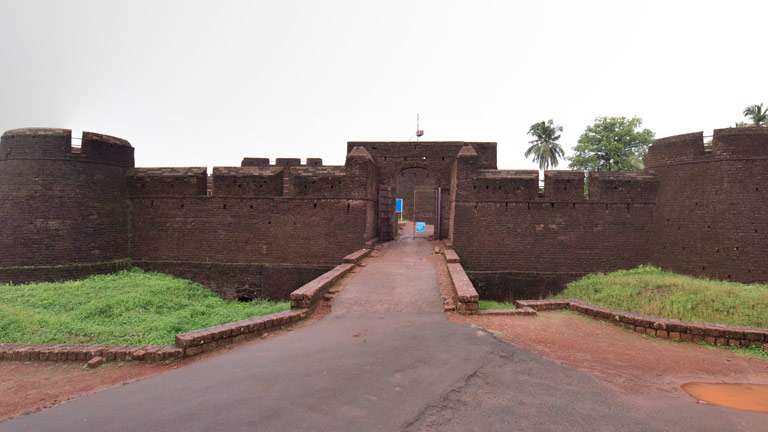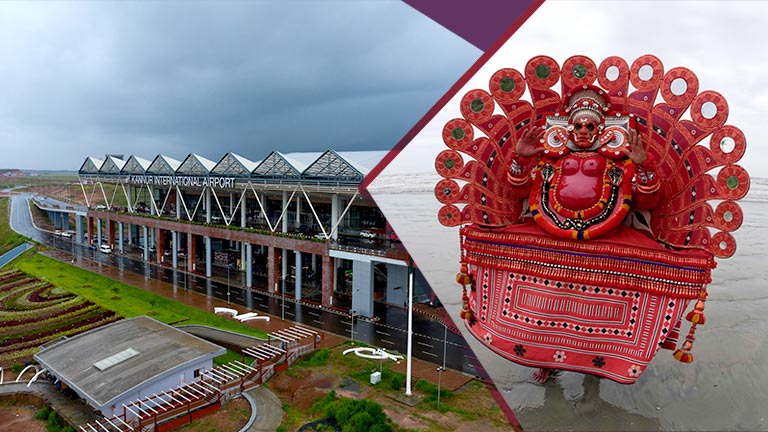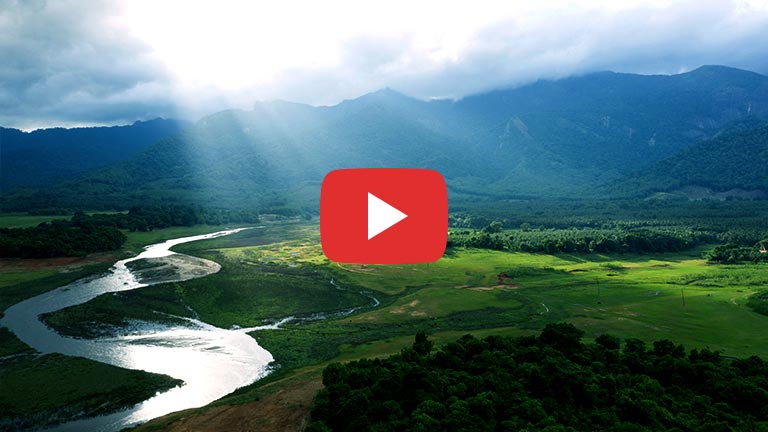Bekal Fort

History
Bekal Fort, which was controlled by many powerful invaders during various times, has a unique place in the history of Kerala.
Historians differ in their opinions regarding the original builders of the fort. Some credit Shivappa Nayak of Badnore with building the fort that was of immense strategic importance to him during the last decades of the 17th century.
Others trace the origin to the period of the Kolathiris or the Chirakkal Rajas. They are of the view that the Ikkeri Nayakas, who rose to power after the fall of Vijayanagar Empire, had captured Bekal Fort and the surrounding territory from the Kolathiris. They rebuilt the fort and made it their military base in Malabar.
One illustrious ruler who captured Bekal Fort was Hyder Ali, the king of Mysore. Later, when his son, Tipu Sultan, took over the reins, he made the fort a major military base. After Tipu Sultan's death in 1799, the fort fell into the hands of the British East India Company.
The East India Company incorporated the area into their administrative domain, and Bekal became the headquarters of Bekal Taluk of the district in South Canara. In 1862, South Canara became part of Madras Presidency and Bekal Taluk was disbanded to form the new Kasaragod Taluk.
With the state reorganization of 1956, Bekal and Kasaragod became part of Kerala State. The present custodian of Bekal Fort is the Archaeological Survey of India.
Bekal Fort - A panoramic view
Bekal Fort, facing the Arabian Sea, was built purely for defence purposes. All its features reflect the careful planning that went into building a fort that had to meet the defence requirements of various rulers. It is believed that each ruler who captured and occupied the fort reconstructed it according to his military thinking.
The walls of the Bekal fort, which are a few centuries old, are made of laterite and are about 12 metres in height. The fort, which has endured many attacks by both humans and by Nature, is a testimony to the architectural brilliance of those times.
The many openings in the fort walls facing the sea facilitated targeting the enemy from various distances. The zigzag entrance, the trenches around the fort, the Observation Tower built by Tipu Sultan offering a panoramic view of neighbouring places, the water tank with its flight of steps, the tunnel opening towards the south, all tell tales of its former strategic significance.
Near the fort, there is an Anjaneya temple and a mosque that testify to the religious harmony that existed in the region in the past, and continues to remain strong even today.
Getting there
Bekal Fort, in Kasaragod district, is 12 kms from Kanhangad town. The nearest airport is Mangalore, about 80 kms away.


